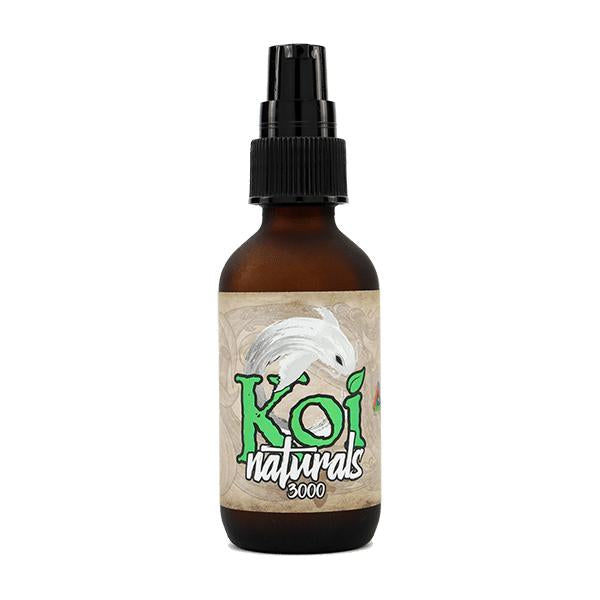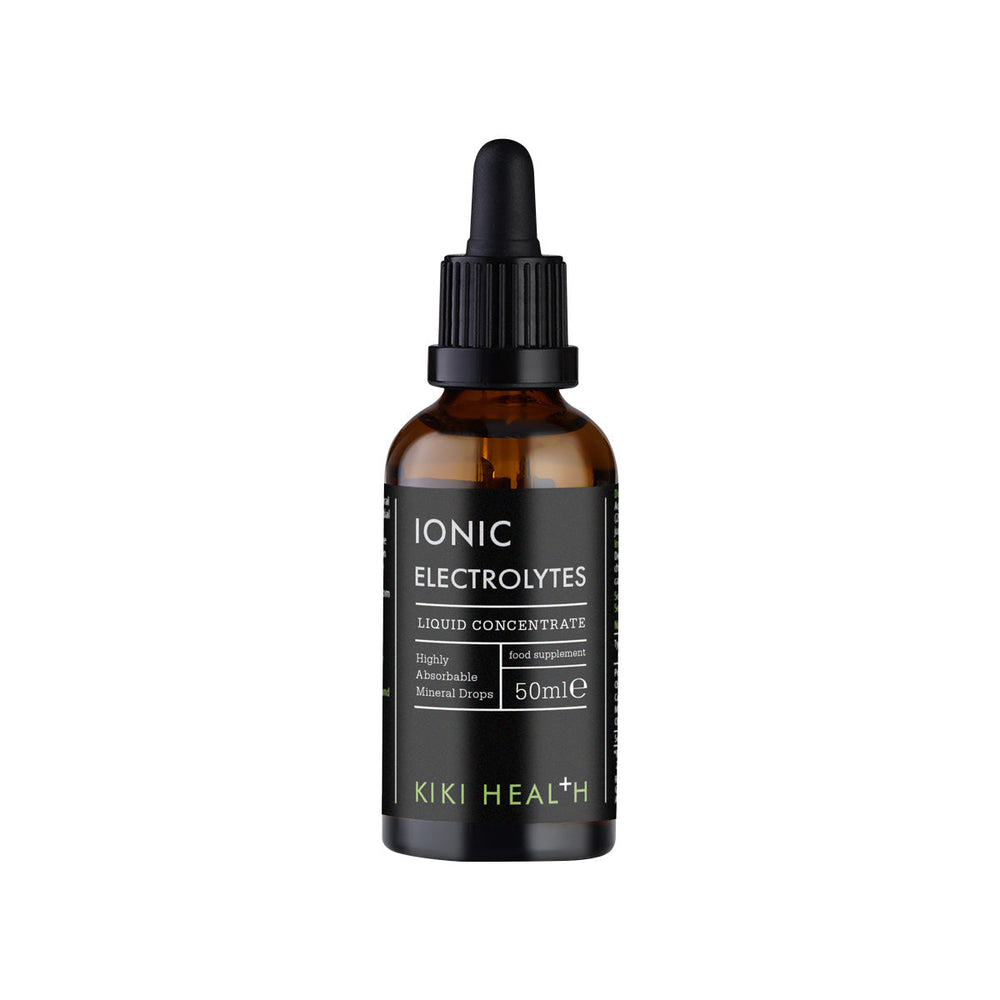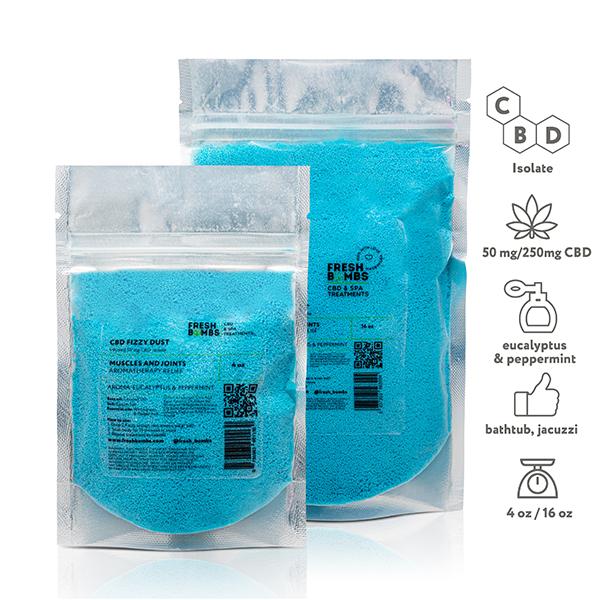Babease Organic Sweet Potato, Peas & Spinach 100g (Sold in multiple of 8)
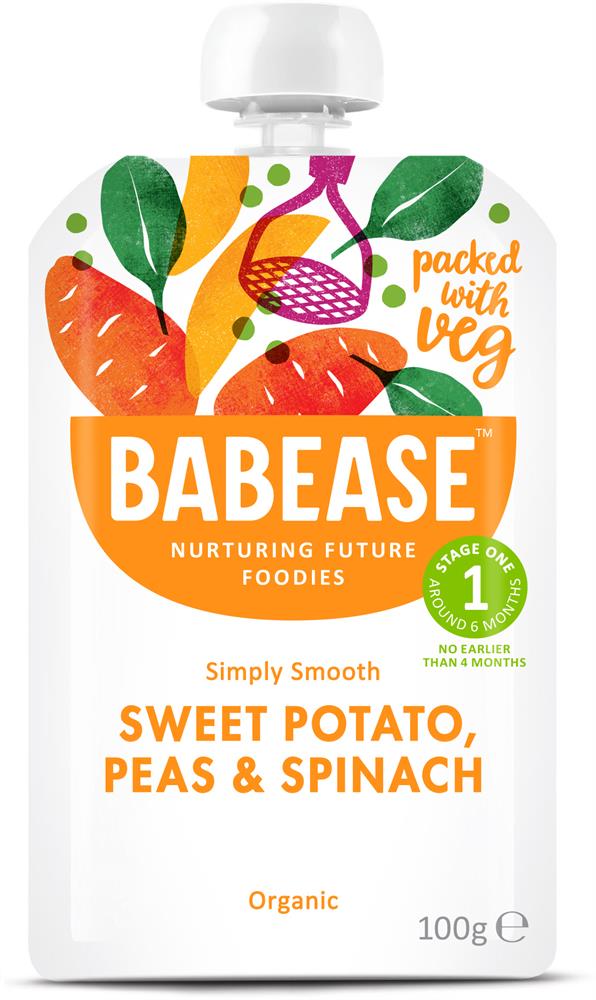
Babease Organic Sweet Potato, Peas & Spinach 100g (Sold in multiple of 8)
Regular price
£1156
£11.56
/
- Free worldwide shipping
- Free returns
- Carbon neutral
- Secure payments
- In stock, ready to ship
- Backordered, shipping soon


